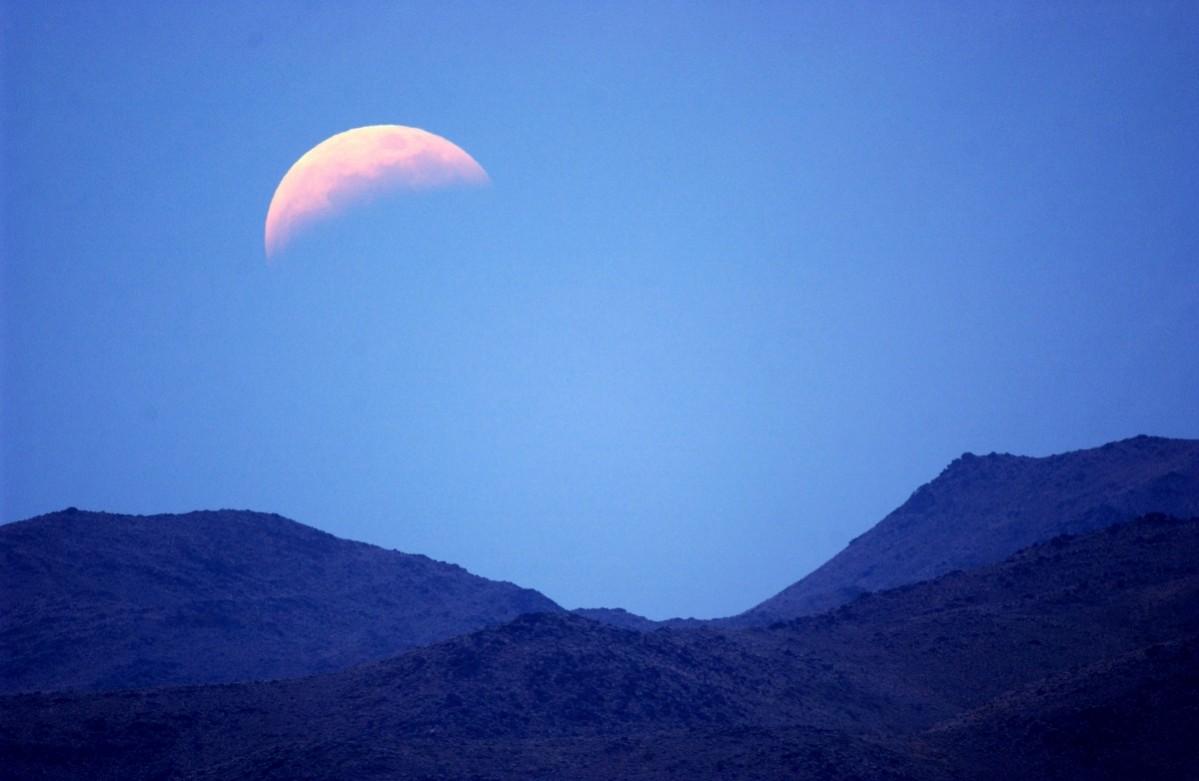The annual Perseid Meteor shower or the shooting stars, which is said to be brightest in the history this year, will light up the sky during mid-August. The meteor shower usually starts in mid-July and ends in mid-August, and the peak time is expected to be during the pre-dawn hours of August, 12.
However, this year stargazers will not be treated with the best view of the meteor shower due to the presence of the full moon. The moon will rise shortly before the meteor is at its peak and it might affect the rate of the meteor shower. Generally, there are 80 to 200 meteors per hour, but because of the moon, there could be only 40 to 50 meteors per hour.
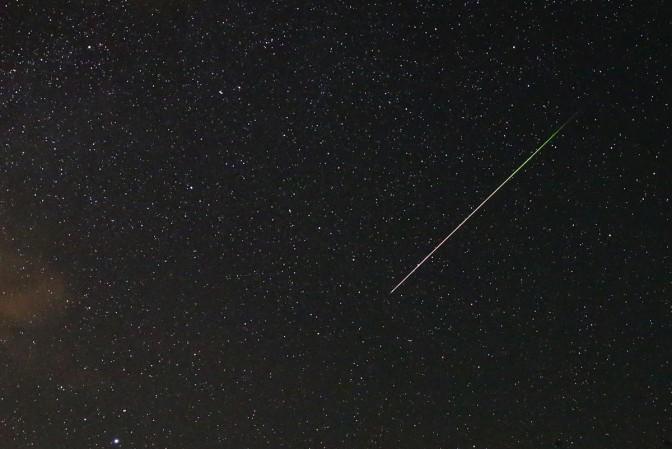
"Rates will be about half what they would be normally, because of the bright moonlight," NASA meteor expert Bill Cooke told Space.com. "Instead of 80 to 100, [there will be] 40 to 50 per hour. And that's just because the moon's going to wash out the fainter ones."
"But the good news is that the Perseids are rich in fireballs; otherwise the moon would really mess with them," Cooke added.
What causes Perseid Meteor showers?
The shooting stars or meteor showers occur when the largest comet – Comet Swift-Tuttle – cross paths with Earth.
"The Perseid's have been observed for at least 2,000 years and are associated with the comet Swift-Tuttle, which orbits the sun once every 133 years. Each year in August, the Earth passes through a cloud of the comet's debris. These bits of ice and dust - most over 1,000 years old - burn up in the Earth's atmosphere to create one of the best meteor showers of the year," NASA explained.
How to watch Perseid meteor shower 2017
To watch the celestial event, one needs to get away from city's dazzling electrical lights. The meteor shower will be visible to the naked eye provided the Stargazer is in a place that is completely dark.
Here are a few locations in the US where stargazers can watch the celestial event or shooting stars.
Acadia National Park in Maine
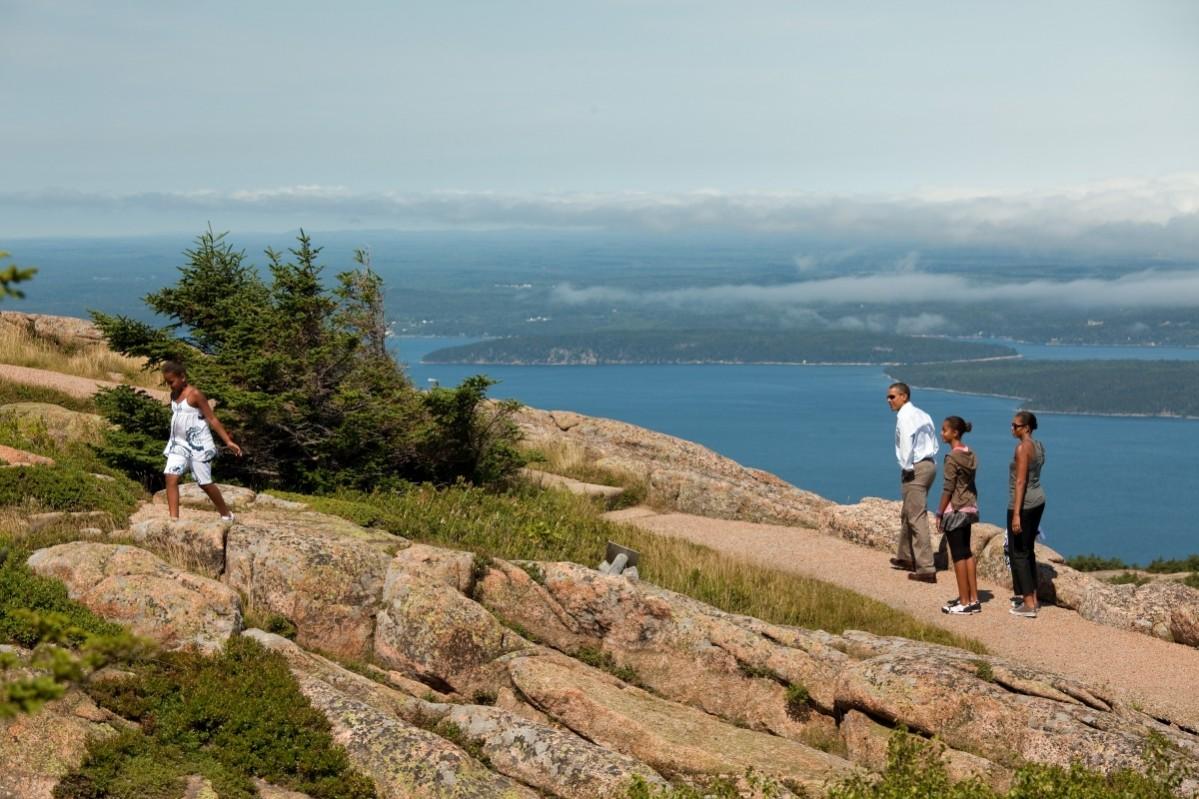
Antelope Island State Park in Utah
![[Representative image] This time exposed shot taken at midnight, shows the stars and the two bluffs known as the 'Bears Ears' in the Bears Ears National Monument on May 12, 2017. Utah](https://data1.ibtimes.co.in/en/full/656981/utah.jpg?w=1199&h=765&l=50&t=40)
Staunton River State Park in Virginia
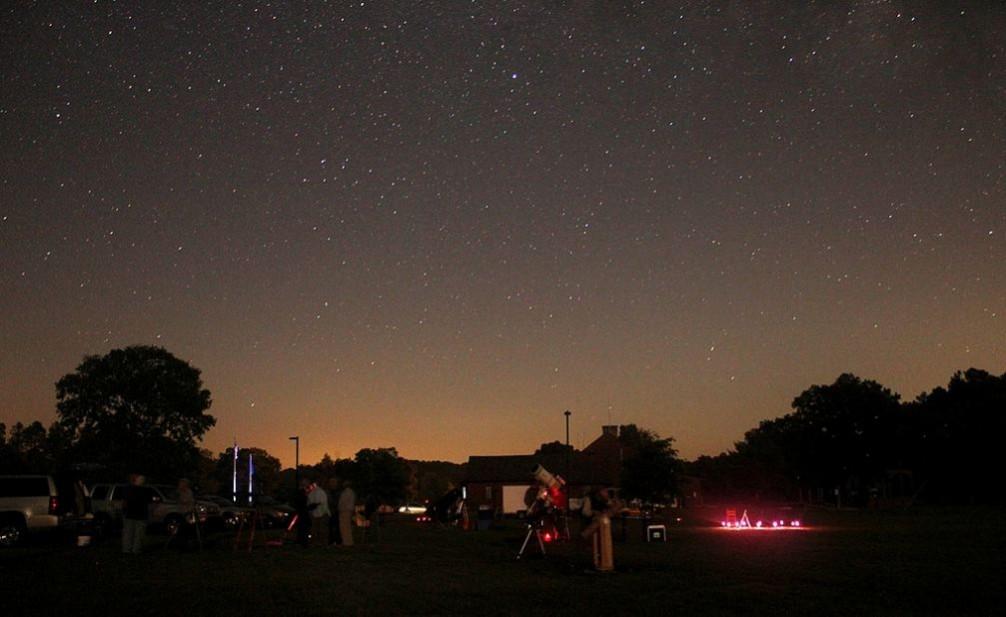
Grand Tetons National Park in Wyoming
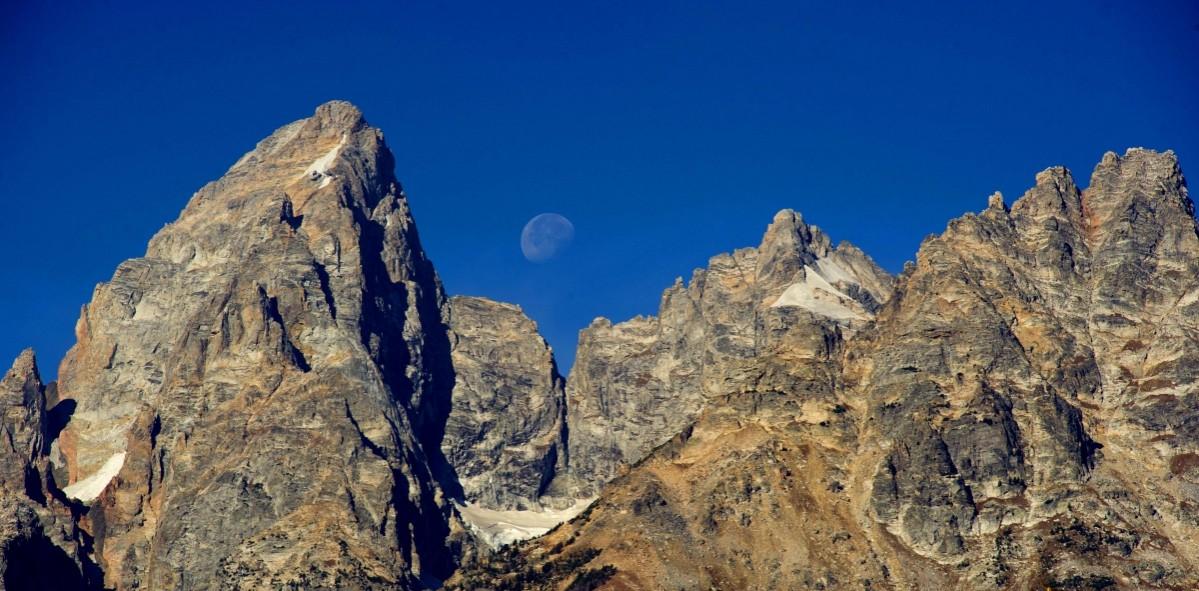
Grand Canyon National Park
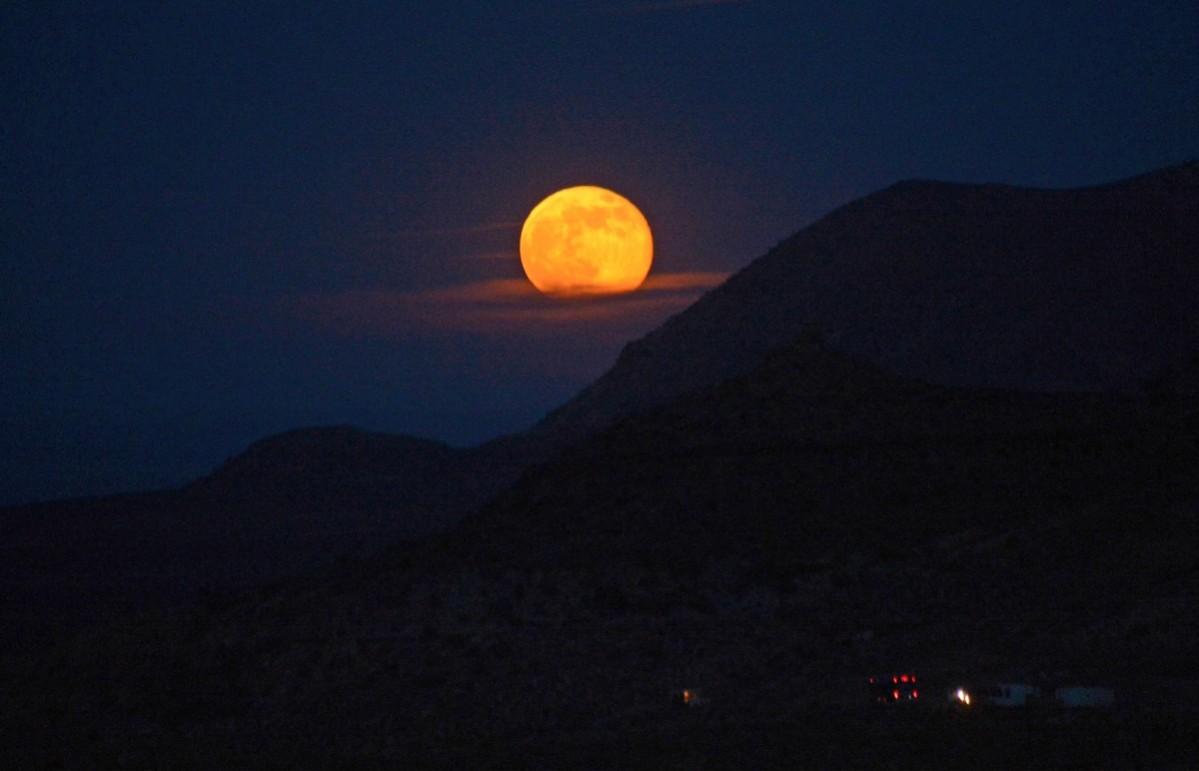
Cherry Springs State Park in Pennsylvania
![[Representative image] A long exposure photo of a replica log cabin at the Humpback Rocks Visitor Center, Blue Ridge Parkway, December 5, 2015, near Waynesboro, Virginia. Pennsylvania](https://data1.ibtimes.co.in/en/full/656990/pennsylvania.jpg?w=1199&h=764&l=50&t=40)
Joshua Tree National Park in southern California
